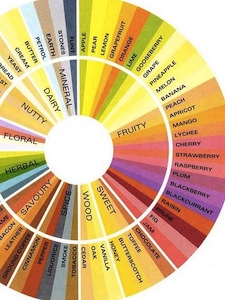Writing Tea Descriptions
Unless tea is being sniffed or slurped, it cannot speak for itself. Because of this, tea relies heavily on its loving human caretakers to relay its wonders to the world (and potential sippers.) Whether you are creating packaging, a menu or a website, the descriptions given to your teas can make or break their sales.
We can talk about origin, provenance, health benefits and other distinctions to describe a tea, but the visceral connection will always be to the palate. To put it more plainly, how does the tea taste?
Tea tasters in the classic sense have their own parlance that, while helpful within their small circle, does not connect effectively to the intended audience. We have to take those descriptors and translate them into better-known sensations to convey the wonder of each cup.
Very often when reading about tea varieties on various media, we are dazzled by various points of notoriety about a tea but the nuances, notes and texture are not provided. Describing the taste also helps to manage expectations of the consumer as novices can confuse varieties or don’t know what to look for when brewing and cupping without an expert present.
When writing descriptions, be sure to use examples of familiar food items to help the consumer understand the tea. One classic association is the lovely sweet, lightly roasted chestnut notes in a Dragonwell. Even if the reader has not ever eaten a chestnut, they still might get the idea of what the tea has to offer. Similarly, a good Golden Monkey will offer cocoa notes, hints of black currant and a red wine-like richness.

Fortunately, the wine industry does a great job of offering a spectrum of taste descriptors from which we can usually borrow various terms. It might help to look at a wine aroma wheel to fill your adjective arsenal.
There is also an ancillary benefit from doing so, in that you will also help your customer build a vocabulary to better describe their likes and dislikes when they ask for suggestions.

